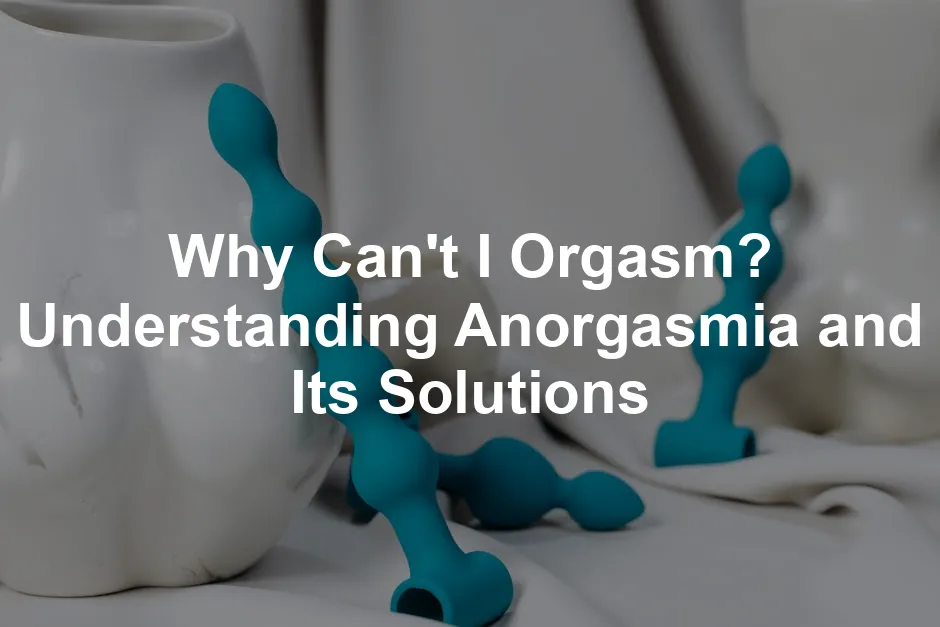
Why Can’t I Orgasm? Understanding Anorgasmia and Its Solutions
Why Can’t I Orgasm? Understanding Anorgasmia and Its Solutions
Introduction
Have you ever wondered why achieving orgasm feels elusive? You’re not alone. Anorgasmia, the inability to orgasm, affects many individuals assigned female at birth. It’s more common than you might think, leading to frustration and emotional distress. This post will explore the causes of anorgasmia and offer solutions to help you reclaim your sexual pleasure.
To spice things up, consider exploring the Womanizer Premium 2 Clitoral Stimulator. This little gem can help you discover new heights of pleasure, making the journey of self-exploration a lot more enjoyable!
Summary and Overview
Anorgasmia is defined as the persistent inability to achieve orgasm, even with sexual stimulation. It can be classified as primary, where the person has never experienced an orgasm, or secondary, where they previously could. Statistics indicate that around 10% to 40% of women report difficulties with orgasm. Addressing anorgasmia is essential for sexual health and overall well-being. Factors contributing to this issue can be physical, psychological, or relational.
Physical factors include hormonal changes, certain medical conditions, and medications. Psychological aspects may involve anxiety, depression, or trauma. Relational factors often include poor communication or trust issues with a partner. Understanding these elements is vital to finding effective solutions.

Understanding Anorgasmia
What is Anorgasmia?
Anorgasmia is characterized by the inability to reach orgasm during sexual activity. Individuals may experience this condition in different ways. Situational anorgasmia occurs when orgasm is possible in certain contexts, like solo masturbation, but not with a partner. Generalized anorgasmia, on the other hand, prevents orgasm in any situation, even with adequate stimulation.
This condition can lead to feelings of inadequacy and dissatisfaction with one’s sex life. Recognizing the difference between situational and generalized anorgasmia is crucial for understanding personal experiences and finding appropriate solutions.

Types of Anorgasmia
Anorgasmia can be classified into four main types. Understanding these can help you identify where you might fit in.
- 1. Lifelong Anorgasmia This type occurs when an individual has never experienced an orgasm, even during solo sexual activity. Estimates suggest that around 10% of women might experience this form.
- 2. Acquired Anorgasmia In this case, individuals could orgasm in the past but now struggle to do so. This type can happen due to various life changes, such as hormonal shifts or health issues. Studies indicate that 16% to 25% of women report this condition.
- 3. Situational Anorgasmia Here, orgasm is possible only in specific situations. For instance, a person may orgasm while masturbating but not during intercourse. Approximately 60% of women may experience this form at some point.
- 4. Generalized Anorgasmia This type refers to the inability to orgasm in any situation, regardless of stimulation. This can happen even when arousal is present. It’s estimated that about 10% to 15% of women face generalized anorgasmia.
Understanding these types can provide clarity and encourage discussions about sexual health and pleasure.
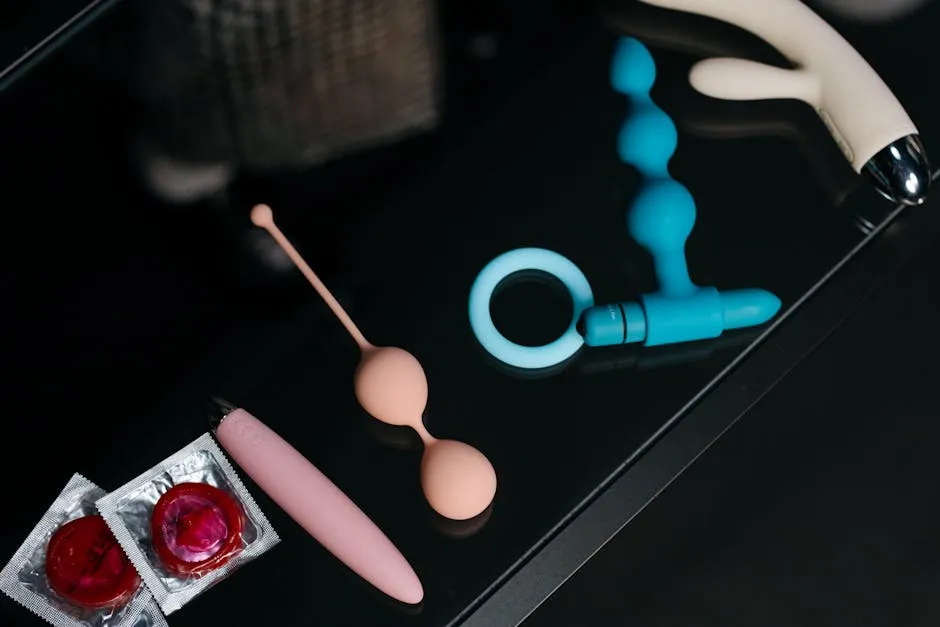
Causes of Anorgasmia
Physical Factors
Several medical conditions can hinder the ability to achieve orgasm. Hormonal changes, such as those during menopause, can diminish libido and affect sexual response. Conditions like diabetes can also play a role, as they may impact nerve function and circulation.
Medications, particularly SSRIs (selective serotonin reuptake inhibitors), are known to affect sexual performance. Research shows that about 30% to 40% of women using such medications report difficulties with orgasm.

Psychological Factors
Mental health issues significantly contribute to anorgasmia. Anxiety, depression, and trauma can create barriers that prevent sexual enjoyment. Many women feel societal pressure and stigma surrounding female sexuality, which may also create feelings of shame and inadequacy.
Cultural beliefs often exacerbate these issues, leading to further reluctance in seeking help. Studies indicate that around 58% of women report that stress and anxiety hinder their sexual experiences. Understanding these psychological factors is essential for addressing the root causes of anorgasmia.

Relational Factors
Achieving orgasm often involves more than just physical stimulation. The dynamics between partners play a crucial role. Communication is key in understanding each other’s desires and needs. Have you ever felt unsure about how to express what you want? Many people face this challenge.
For example, a couple may struggle with intimacy if one partner feels uncomfortable discussing preferences. This discomfort can lead to frustration during sexual experiences. On the other hand, couples who communicate openly tend to notice improvements in their sexual satisfaction. They often explore what feels good together, leading to a more fulfilling experience.
Relationship quality can significantly impact sexual satisfaction. Trust and emotional connection are essential. When partners feel secure, they are more likely to explore and enjoy their sexual experiences. If trust is lacking, anxiety may creep in, making it harder to achieve orgasm.

Diagnosing Anorgasmia
Medical Evaluation
When seeking help for anorgasmia, healthcare providers assess various factors. They may ask about your medical history, including any medications you take. It’s essential to be open about your sexual history, as this can help pinpoint the issue. Providers often perform physical exams to rule out underlying medical conditions.
Discussing these topics might feel uncomfortable, but it’s crucial for effective diagnosis and treatment. Remember, healthcare professionals are there to help, not judge.

Psychological Assessment
Therapy can be beneficial in addressing psychological factors contributing to anorgasmia. A trained therapist can help individuals process feelings related to trauma or anxiety. Specialists like sex therapists, psychologists, or counselors can provide tailored support.
Cognitive Behavioral Therapy (CBT) is one approach that helps individuals tackle negative thoughts affecting their sexual experiences. Seeking help from a professional can be a positive step toward better sexual health. It’s crucial to remember that addressing emotional barriers is just as important as tackling physical ones.

Treatment Options
Self-Care Strategies
Struggling to achieve orgasm can be frustrating, but there are effective self-care strategies. Mindfulness is key. Focus on your body and sensations during intimate moments. This can help reduce performance anxiety. Have you talked openly with your partner about your needs? Communication can transform your sexual experiences.
Exploring your own body through masturbation is essential. It helps you understand what feels good. Don’t hesitate to try different techniques. Using sex toys or vibrators can also enhance stimulation. They can provide the extra buzz needed for some individuals. Incorporating these tools can make a significant difference. For instance, the LELO Sona 2 Clitoral Stimulator might just be what you need to explore new sensations!
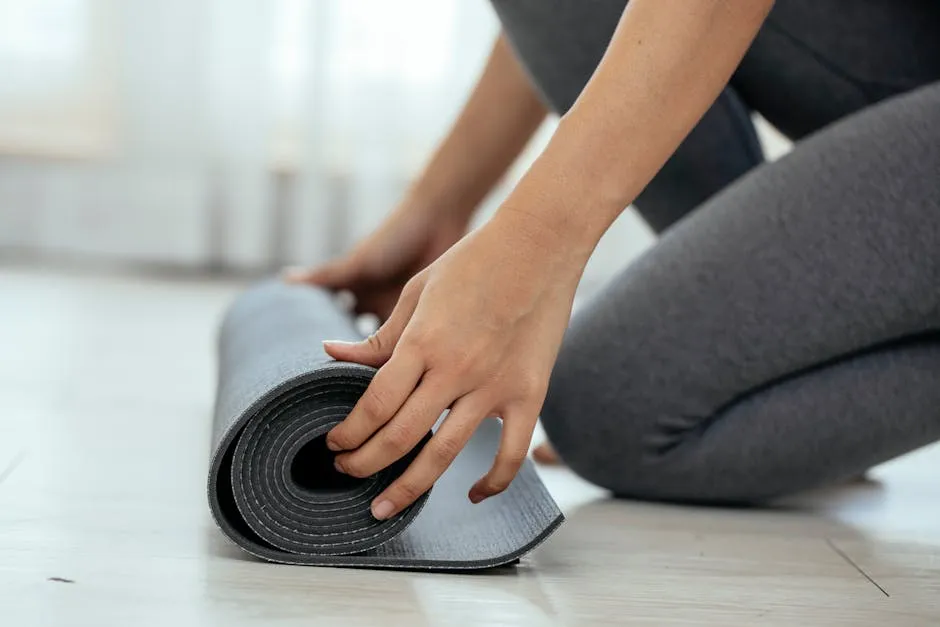
Professional Help
If self-care methods don’t work, seeking professional help is a wise choice. Multiple therapies can address anorgasmia. Sex therapy focuses on emotional and psychological barriers. Cognitive Behavioral Therapy (CBT) can help reshape negative thoughts related to sex. Pelvic floor therapy is another option, helping strengthen muscles that may affect sexual function.
In some cases, medical treatments might be necessary. Doctors may prescribe medications to address hormonal imbalances or other health issues. It’s essential to have open conversations with healthcare providers about your experiences. They can suggest personalized treatment plans aimed at improving your sexual health.
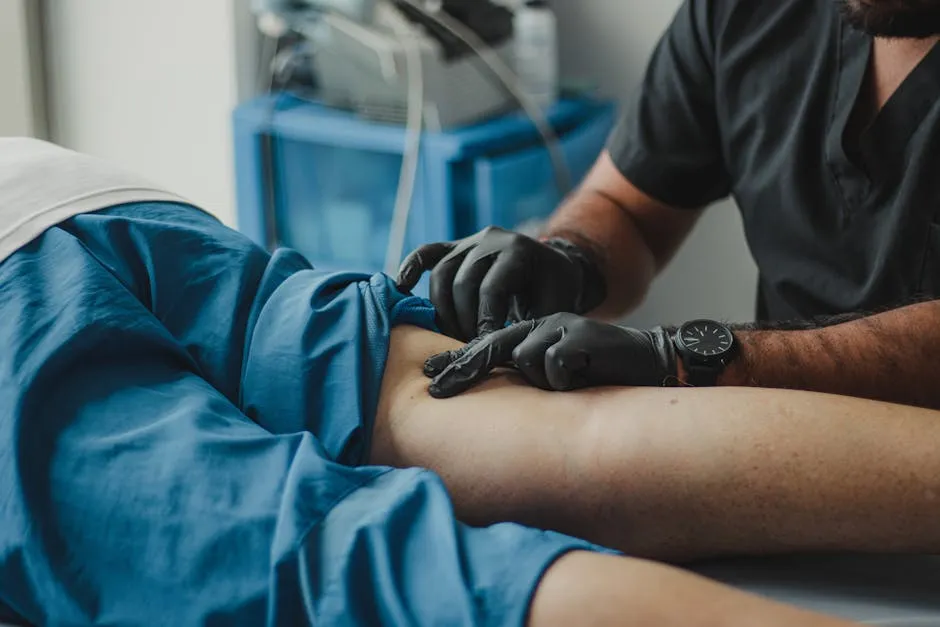
Lifestyle Changes for Better Sexual Health
Stress Management
Managing stress is crucial for enhancing sexual health. High stress levels can impede sexual function and dampen desire. Have you ever noticed how stress affects your mood? It’s important to find ways to unwind.
Consider incorporating stress-relief practices into your routine. Yoga and meditation can help center your mind and body. Regular exercise releases endorphins that boost mood and energy. Even a short walk can make a difference. Prioritizing relaxation can create a more enjoyable atmosphere for intimacy. When you feel calm, your body responds better to stimulation. You might want to try some Kegel Exercise Weights to strengthen your pelvic floor, which can enhance sexual pleasure!
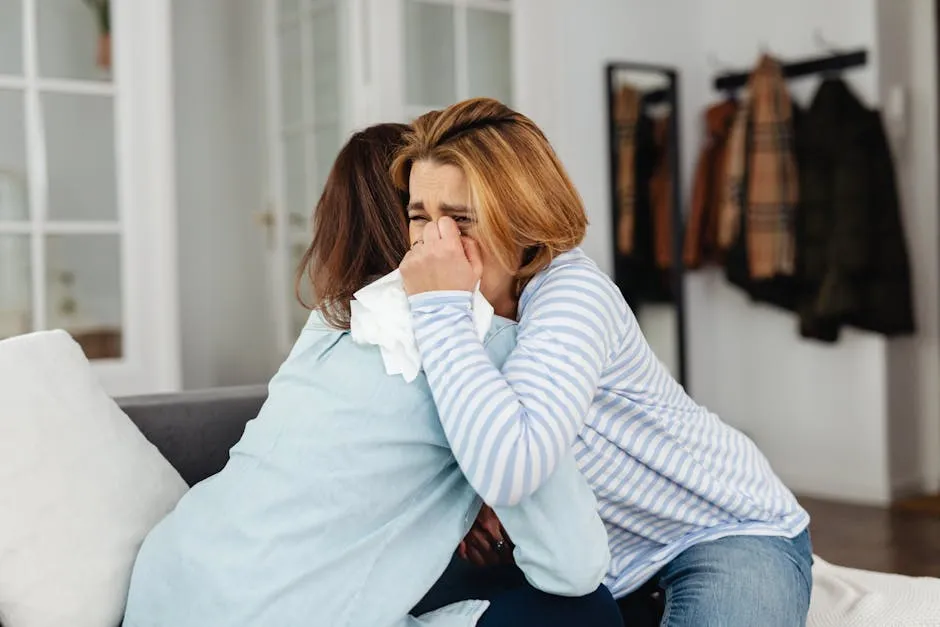
Healthy Living
Embracing a healthy lifestyle can significantly enhance sexual function. It’s all about creating balance in your body and mind. A nutritious diet, regular exercise, and avoiding harmful substances play a crucial role.
Start with your diet. Incorporate fruits, vegetables, lean proteins, and whole grains. Foods rich in antioxidants, like berries and nuts, can improve blood flow. Omega-3 fatty acids found in fish promote healthy circulation as well.
Exercise is key. It boosts mood, increases energy levels, and improves overall body function. Aim for at least 30 minutes of moderate activity most days. Activities like walking, swimming, or yoga can enhance flexibility and reduce stress.
Avoiding substances like alcohol and recreational drugs is essential. These can interfere with sexual arousal and performance. If you smoke, consider quitting. Smoking negatively impacts blood flow, which is vital for sexual function.
Creating a routine that includes healthy habits can lead to better sexual experiences. You deserve to feel good inside and out!
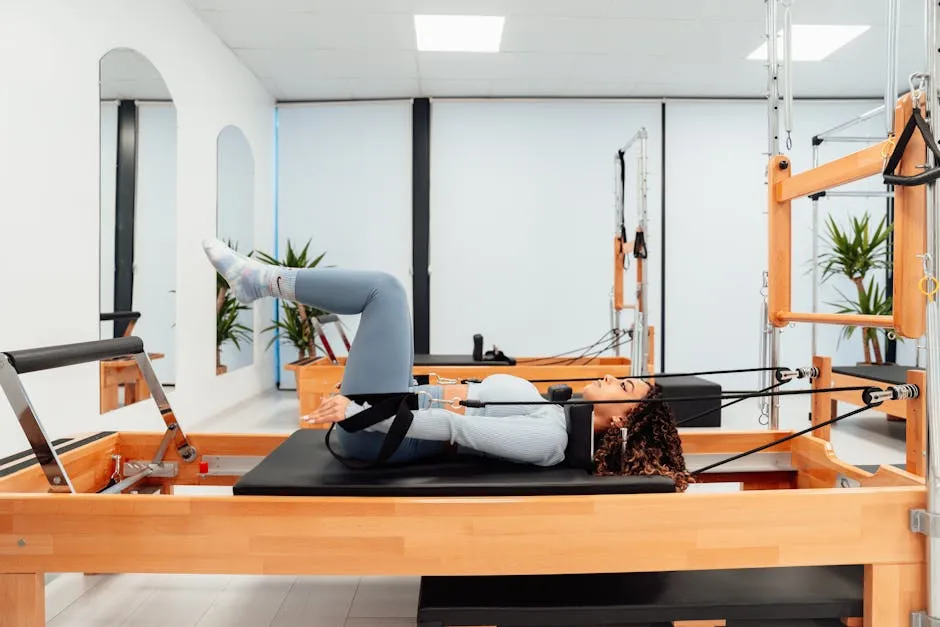
Resources and Support
Finding Professional Help
Finding the right support can be vital in addressing anorgasmia. Start by seeking out sexual health specialists or therapists. Look for professionals who focus on sexual dysfunction. Websites like Psychology Today or the American Association of Sexuality Educators, Counselors, and Therapists can help you find qualified experts in your area.
If you need immediate support, numerous hotlines are available. Organizations like Planned Parenthood offer confidential assistance. Talking to someone can provide comfort and guidance on your journey.

Community and Online Support
Connecting with others facing similar challenges can be incredibly valuable. Online platforms and forums allow you to share experiences and gain insights. Consider joining groups focused on sexual health, such as the Sexual Health Alliance or Reddit’s r/sex.
Community support can help reduce feelings of isolation and shame. Engaging with others can foster understanding and compassion. Sharing your story may empower both you and those around you.

Conclusion
Anorgasmia is a common issue, affecting many individuals. It’s essential to recognize that various solutions exist. Healthy living, seeking professional help, and community support can pave the way to a fulfilling sexual experience.
Don’t hesitate to reach out for help. Open communication with partners and healthcare providers is crucial. You are not alone in this – help and understanding are available.
FAQs
What is the difference between situational and generalized anorgasmia?
Situational anorgasmia occurs in specific contexts, while generalized means no orgasms in any situation.
Can stress really affect my ability to orgasm?
Yes, stress can impact blood flow and focus, hindering orgasm.
Are there specific treatments available for anorgasmia?
Treatments may include therapy, education, and sometimes medication adjustments.
What role does communication play in achieving orgasm?
Open discussions about desires and needs can enhance intimacy and satisfaction.
Is it common for women to experience difficulty orgasming?
Statistics show that many women face challenges, making it a shared experience.
Can medications be adjusted to help with orgasm difficulties?
Yes, consulting a healthcare provider can lead to medication modifications.
What should I do if I’ve never orgasmed before?
Consider self-exploration and discussing your concerns with a healthcare professional.
Please let us know what you think about our content by leaving a comment down below!
Thank you for reading till here 🙂
All images from Pexels




